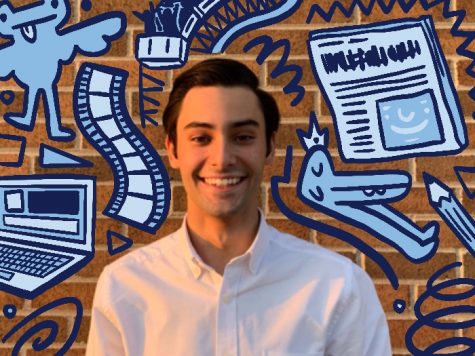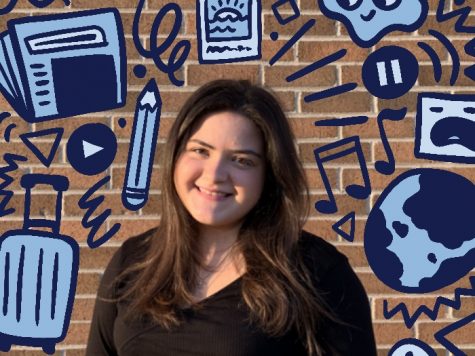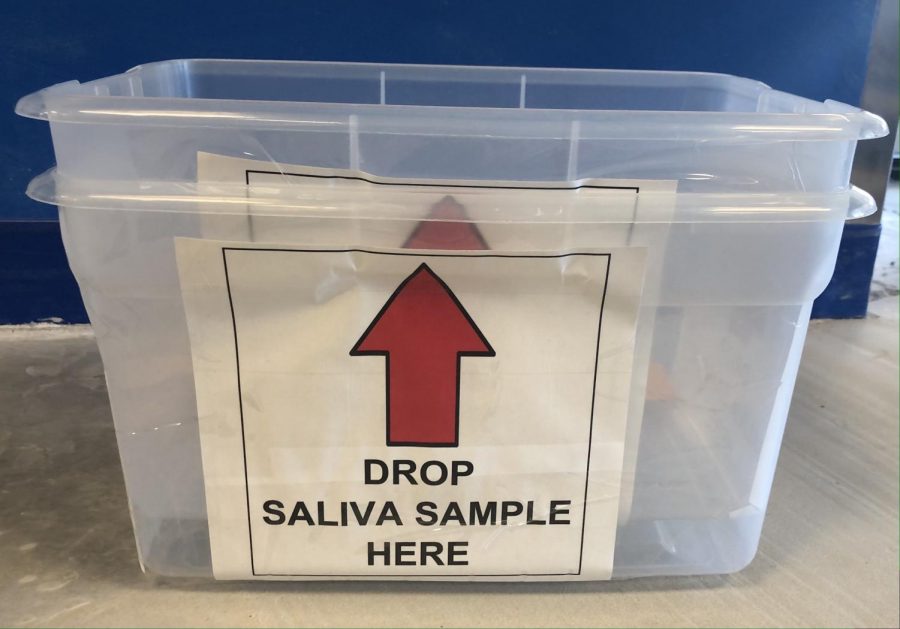District 99 moves to optional saliva screening model for hybrid students
“The CDC advocates that screenings be voluntary. As a result (with the exception of behind-the-wheel instruction), saliva screenings will now be optional for in-person students,” the email reads.
On Feb. 19, District 99 alerted via email that weekly saliva screenings for hybrid students would be moving to an optional format as a result of updated guidance from the Center for Disease Control (CDC). Although no longer required with the exception of behind-the-wheel instruction, the district notes student participation in the screening process is “highly encouraged” to offer reliable in-person learning opportunities. At least 10 percent of in-person student attendees must submit weekly samples for the screenings to be deemed effective in conjunction with community metrics.
If students changed their learning model due to required saliva screenings and now wish to reevaluate their decision given the switch to optional surveillance, they are encouraged to contact their counselor.
District 99 Superintendent Hank Thiele acknowledges some community opposition to mandatory saliva screenings; however, he is confident the District will comfortably meet the 10 percent screening participation requirement under the optional model.
“We didn’t have a large number of students or families protesting it or opposed to it. There was a number, but it wasn’t 90 percent; it was a much smaller percentage than that. I would imagine between students that want to participate and those that remember to participate, we will be well above 10 percent,” Thiele said.
Thiele credits the content of prior CDC guidance in the board’s initial verdict to make saliva screening mandatory for all in-person attendees.
“The guidelines were a little more fuzzy and not as clear… the way that it was worded you forcibly cannot have someone submit to a sample. The way the old language was written made it sound like you can’t force somebody to, but you can still require it as a condition of coming in the building,” Thiele said.
Despite the district’s efforts to keep the community safe, some students have felt their voices have went unheard by administration. Discouraged by the lack of student input in determining COVID safety precautions, senior Jonah Sprandel penned a letter to Thiele against mandatory saliva screenings.
He quotes CDC guidance updated Dec. 4, 2020, in his argument: “According to the CDC, ‘If a school is implementing a testing strategy, testing should be offered on a voluntary basis. It is unethical and illegal to test someone who does not want to be tested, including students whose parents or guardians do not want them to be tested.’”
Sprandel continues, stating, “A simple survey would’ve allowed the district to gauge the consequences of implementing mandatory weekly saliva testing. Students are directly impacted by the district’s decisions regarding COVID safety precautions, so they should rightfully be included in the conversation.”
Thiele attributes the collection of student signatures in a virtual Google form as viable means of consent.
“Nearly all of our students signed the waiver. That doesn’t mean that they necessarily liked the option, or agreed with it, but they did at least agree to participate in it. I mean that’s not a fair survey, but that’s kind of where we ended up,” Thiele said.
Thiele continues, stating, “I had a lot of people [during first semester] upset we didn’t have screening or testing in place so that we could get kids back to school. At the time we rolled out the screening, community metrics were low, so that pressure was off the community for getting kids back to school. I imagine the feeling towards the need for screening would have been much different if we were sitting at [higher community transmission rates] and everyone was forced to be at home as a result of that; I think people in the community would have been more accepting even at a mandatory level.”
The Feb. 19 district email closed with a reminder that the community will continue to abide by the input of health professionals: “We seek to follow the guidance from the CDC as well as our local and state health departments as it changes. Thank you for your continued patience, flexibility and understanding as we continue to seek to return students to in-person learning safely.”



